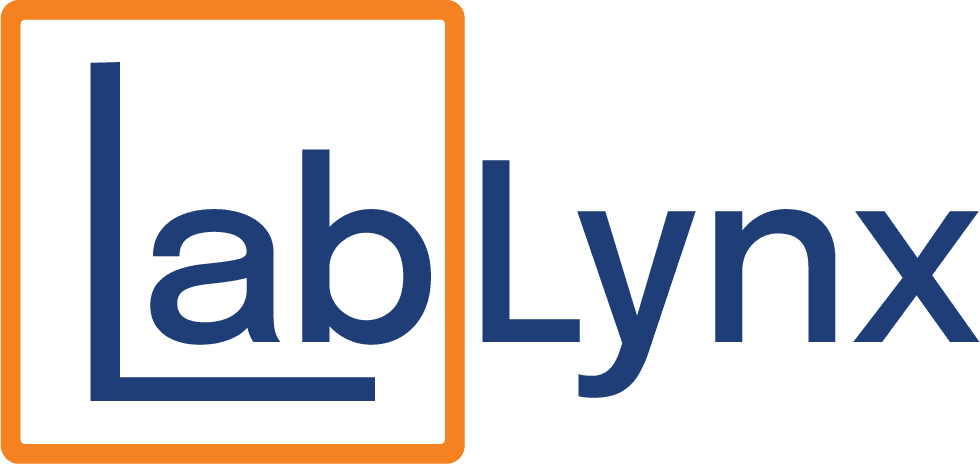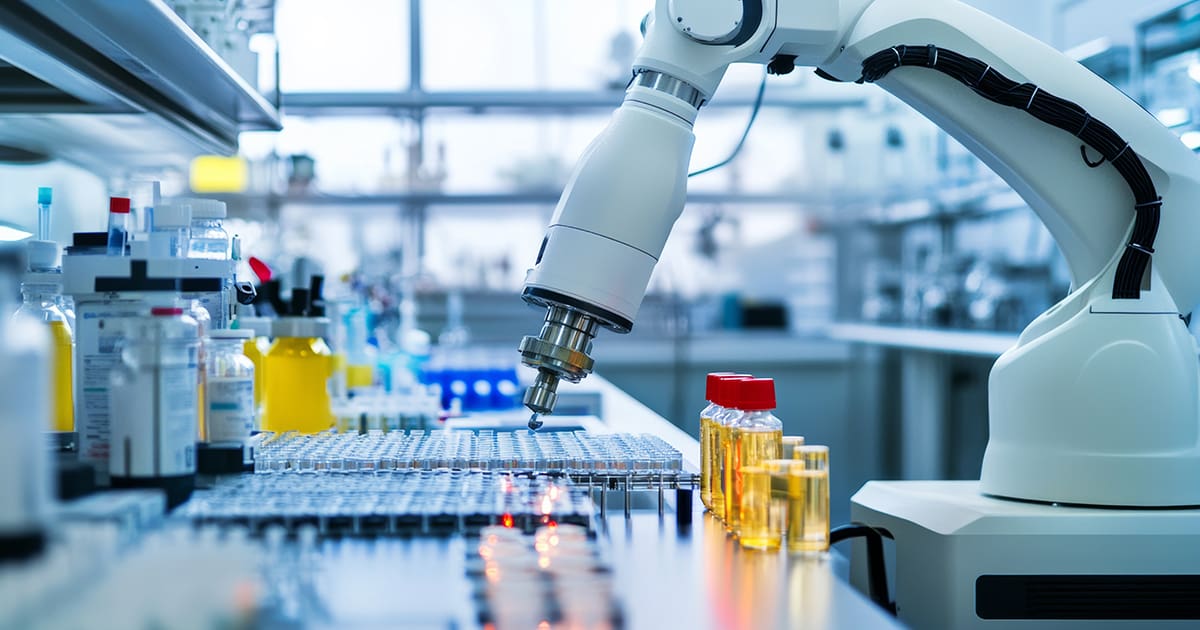
In a world driven by speed, precision, and data, the laboratories of tomorrow are no longer run solely by scientists in lab coats—they’re run by systems. Not just any systems, but smart, self-maintaining laboratory automation platforms that are redefining what’s possible in research, diagnostics, and quality control. Welcome to the future of lab management—where automation doesn’t just streamline operations but actively sustains them.
If your lab isn’t already preparing for this transformation, you’re not just behind—you’re at risk of becoming obsolete.
The Evolution: From Automation to Autonomy
Traditional laboratory automation focused on removing manual steps: robotic arms for pipetting, auto-analyzers for bloodwork, conveyor-based sample handling. These technologies revolutionized workflow efficiency—but still required human oversight, calibration, and troubleshooting.
Today’s self-maintaining labs are powered by AI, machine learning, IoT-connected devices, and cloud-based informatics systems that don’t just automate—they adapt. These platforms can self-monitor, detect performance drifts, trigger preventive maintenance, order replacements, and even re-optimize workflows based on historical data.
This is laboratory autonomy—and it’s already happening.
Real-World Scenario: The Adaptive Lab in Action
Imagine this: A biotech company running high-throughput genomic sequencing begins to experience a drop in sample quality. Rather than halting operations to investigate, their lab automation platform detects the issue in real time, traces it to a subtle decline in refrigeration efficiency, triggers a maintenance alert, and reroutes remaining samples to alternative storage units—all without human intervention.
This is not science fiction. This is happening in next-generation facilities around the world.
Core Pillars of a Self-Maintaining Lab
To understand what makes a lab truly self-maintaining, let’s look at the five core pillars:
1. Smart Instrumentation & Predictive Maintenance
IoT-enabled instruments continuously monitor their own performance and use historical data trends to predict failures before they occur. Think of it as a check engine light for your mass spectrometer—only it schedules its own tune-up.
2. Automated Reagent Management
Self-maintaining systems track reagent levels in real time, cross-reference with usage trends, and automatically reorder critical supplies. No more stockouts. No more wasted expired inventory.
3. AI-Powered Workflow Optimization
Advanced platforms analyze throughput, turnaround times, and bottlenecks to dynamically suggest and implement workflow changes. These systems evolve with your lab—always chasing peak efficiency.
4. Integrated Environmental Controls
From HVAC systems to cleanroom filtration, environmental conditions are constantly monitored and adjusted in response to both internal and external factors. The lab keeps itself within spec, protecting your results and your investment.
5. End-to-End Data Integrity
Self-maintaining labs use cloud-based Laboratory Information Management Systems (LIMS) or ELNs to ensure real-time data capture, backup, audit trails, and compliance with regulatory frameworks like 21 CFR Part 11, ISO/IEC 17025, and GDPR.
Why This Matters—Right Now
Laboratories face mounting pressure to deliver faster results, reduce costs, comply with strict regulations, and retain a skilled workforce in a competitive market. While the human element of science will always be irreplaceable, self-maintaining labs are providing a critical edge.
- Reduce Downtime: Predictive maintenance and real-time monitoring prevent catastrophic failures that halt productivity.
- Improve Accuracy: Consistent calibration and AI-optimized workflows ensure more reliable results.
- Boost ROI: Automation investments pay off faster with fewer operational disruptions and lower staffing requirements.
- Enhance Compliance: Automated systems maintain audit-ready records, simplifying inspections and protecting against liability.
The Risk of Falling Behind
What happens if you don’t modernize?
- Your competitors will deliver faster results and win more contracts.
- Your staff will burn out under the weight of repetitive, manual tasks.
- You’ll struggle to pass audits and meet increasingly strict regulatory standards.
- Your lab will slowly fade into irrelevance in a market that rewards adaptability.
In a 2024 survey of laboratory directors across the U.S., 71% cited automation as their top investment priority for the next 18 months. The message is clear: the industry is moving forward. Fast.
How LabLynx Is Paving the Way
At LabLynx, we’re not just watching the evolution of laboratory automation—we’re helping lead it.
Our cutting-edge informatics platforms, including our LIMS Suite, ELN Suite, and Lab Automation Suite, are built with self-maintenance and adaptability at their core. Whether it’s predictive maintenance alerts, AI workflow optimization, or real-time reagent monitoring, LabLynx empowers laboratories to operate smarter, safer, and more sustainably.
With our cloud-based architecture and commitment to compliance, security, and configurability, we offer labs a trusted partner in the race to modernize.
Ready to Future-Proof Your Lab?
The future of laboratory management is autonomous, intelligent, and self-sustaining. If you’re still manually managing processes that could be optimized, your lab is already behind.
Now is the time to transform your lab into a self-maintaining ecosystem that adapts, optimizes, and grows with your mission. LabLynx is ready to help you take that leap.
Don’t wait for tomorrow’s labs to make your workflows obsolete—embrace the future starting today by scheduling a demo and discovering how LabLynx can help transform your lab into a self-maintaining, future-ready operation.
Accelerate Your Lab's Success & Experience LabLynx
"*" indicates required fields
Explore the LabLynx Suites
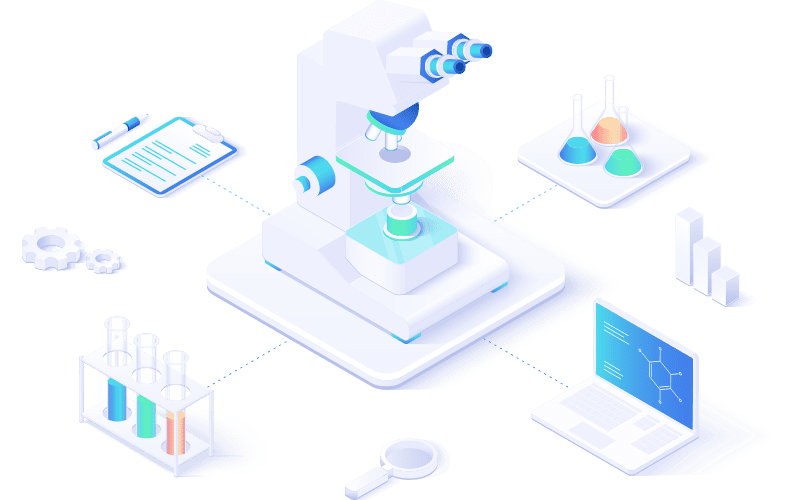
LIMS Suite
Seamless Sample and Workflow Management
The LabLynx LIMS Suite empowers laboratories with the tools needed to manage samples, workflows, compliance, and more in one centralized system. It’s the backbone for labs seeking efficient, reliable, and scalable management solutions.
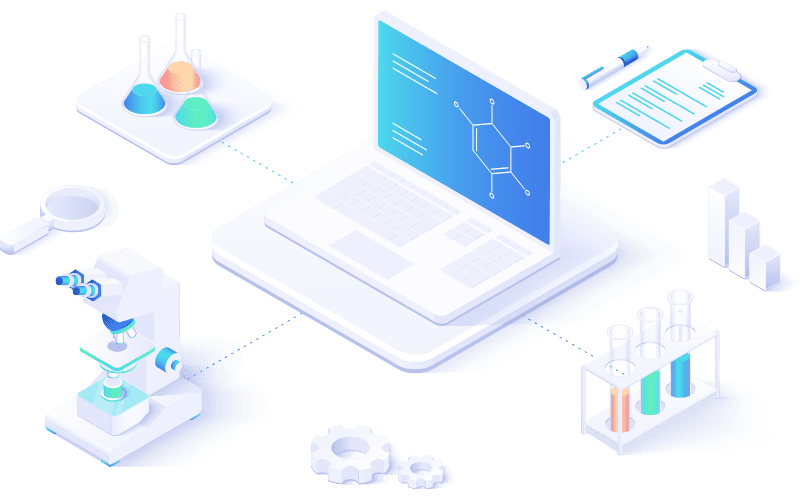
ELN Suite
The LabLynx ELN Suite offers a modern approach to managing lab data and experiments. With its secure, intuitive platform, your team can record, store, and collaborate effortlessly, supporting innovation every step of the way.
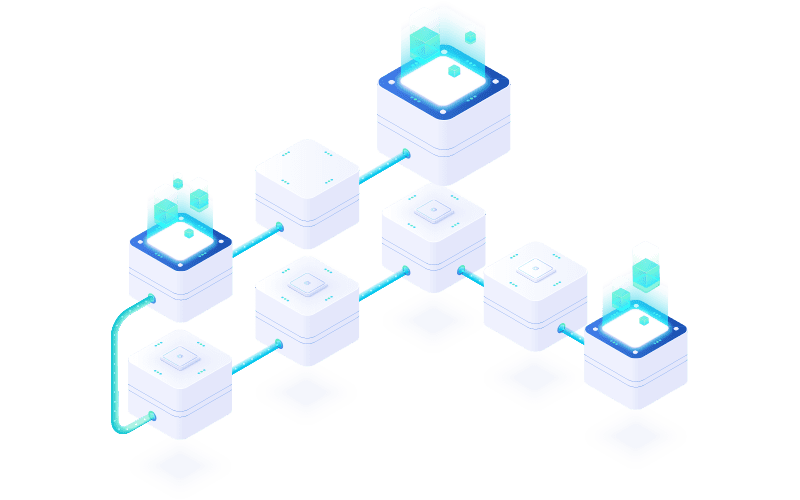
Lab Automation
Automate for Efficiency and Growth
Streamline operations and boost productivity with the LabLynx Lab Automation Suite. Designed for labs ready to embrace advanced automation, this suite integrates systems, instruments, and workflows to deliver efficiency at scale.
